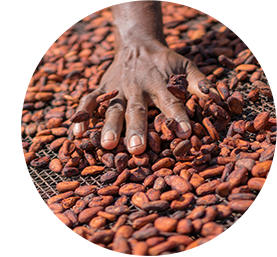




First Cocoa
Olmec people living in the Yucatan Peninsula, located in the Gulf of Mexico, used to grind cocoa seeds, and mix them with corn flour, spices, and water. Then, they used it as an energy drink which they called "kakawa".
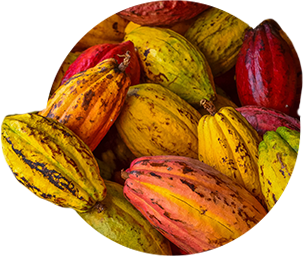
First Cocoa in Europe
Fernand Cortez loved this mysterious drink, the favorite of Emperor Montezuma in the new world. He wanted to present this new flavor to his emperor Charles Quentin, and this is the first time that cocoa entered the Spanish palace in Europe. As a result of the Spanish hiding this drink, which they prepared from cocoa beans and called "the drink of the Gods (chocolatl)" from other countries of Europe, there was no technological development in the history of chocolate until 1606.
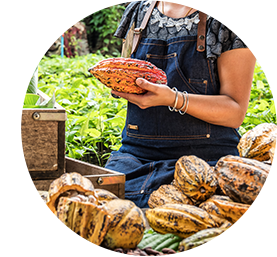
Chocolate in Europe
The real story of chocolate begins with the cocoa tree (Theobroma cacao) used by the Asteks in Mexico. In the early 17th century, British and German sailors brought cocoa back home with the secrets of the "chocolatl" drink. In 1606, Italy met cocoa. Then, with XIV. Louis giving David Chaillou the right to process and sell cocoa, the 'chocolate' taste took its place on the palate.
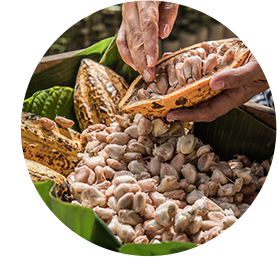
Chocolate
In the 17th century, chocolate workplaces began to appear on both sides of the Atlantic.
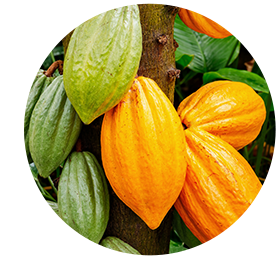
Chocolate in Europe
In the 1700s, the Italian adventurer Gemelli Careri made history as the first traveler to travel around Europe by public transportation. Carreri, during his trip in the Ottoman Empire, became the first person to bring chocolate to the Empire. The hot chocolate he offered to his friends in Izmir in 1693 is the first known chocolate experience in the Ottoman lands. If we do not count the similar individual tastings, it is not possible to say that the public was aware of chocolate until the last days of the Ottoman Empire.
The chocolate industry has opened two major investment areas, the first one was the separation of cocoa butter and cocoa powder from cocoa liquor. The other was the discovery of milk chocolate with the addition of milk solid (milk powder) to chocolate. In 1876, the first milk chocolate was produced in Switzerland.
Later, chocolate continued to create subsidiary industries (fondant, dried fruit, caramel, flavor, etc.) and today thousands of different chocolate flavors have emerged. According to the type of additives, these varieties are gathered under certain groups as plain, milky, flavored, and dark.
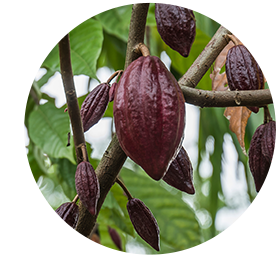
Çukulata (Ottoman Turkish)
It became widespread in the Ottoman Empire starting from the second half of the 19th century. The historian Saadet Özen says that with the westernization that came with the Tanzimat, chocolate coming from Europe was regarded as a European food, but states that it was accepted as an exotic product in Europe because it was a colonial material. In the Ottoman Empire, milk chocolate was marketed mainly because the target group was selected as children. In addition, chocolate was used as medicine in the first years of it coming to the Ottoman Empire.
